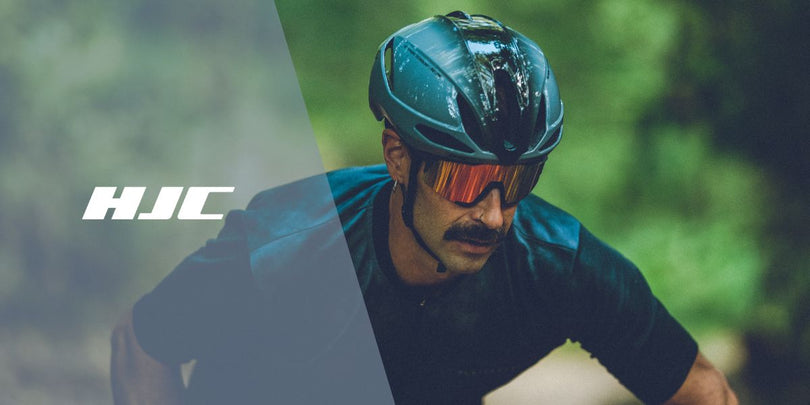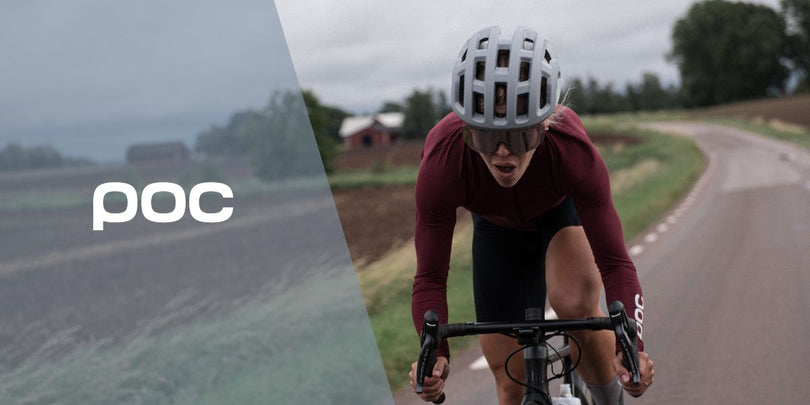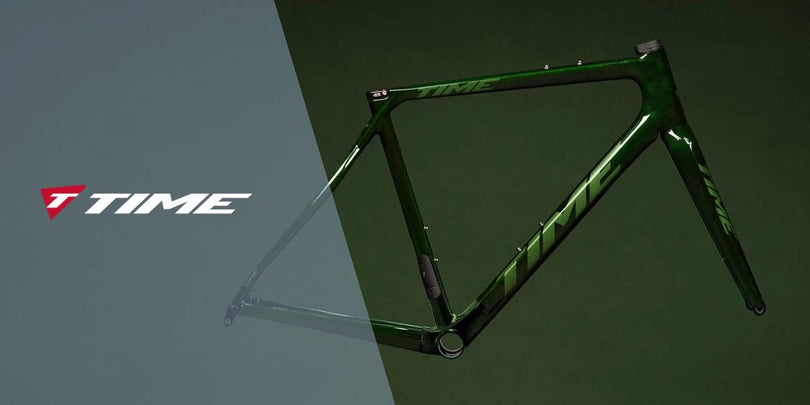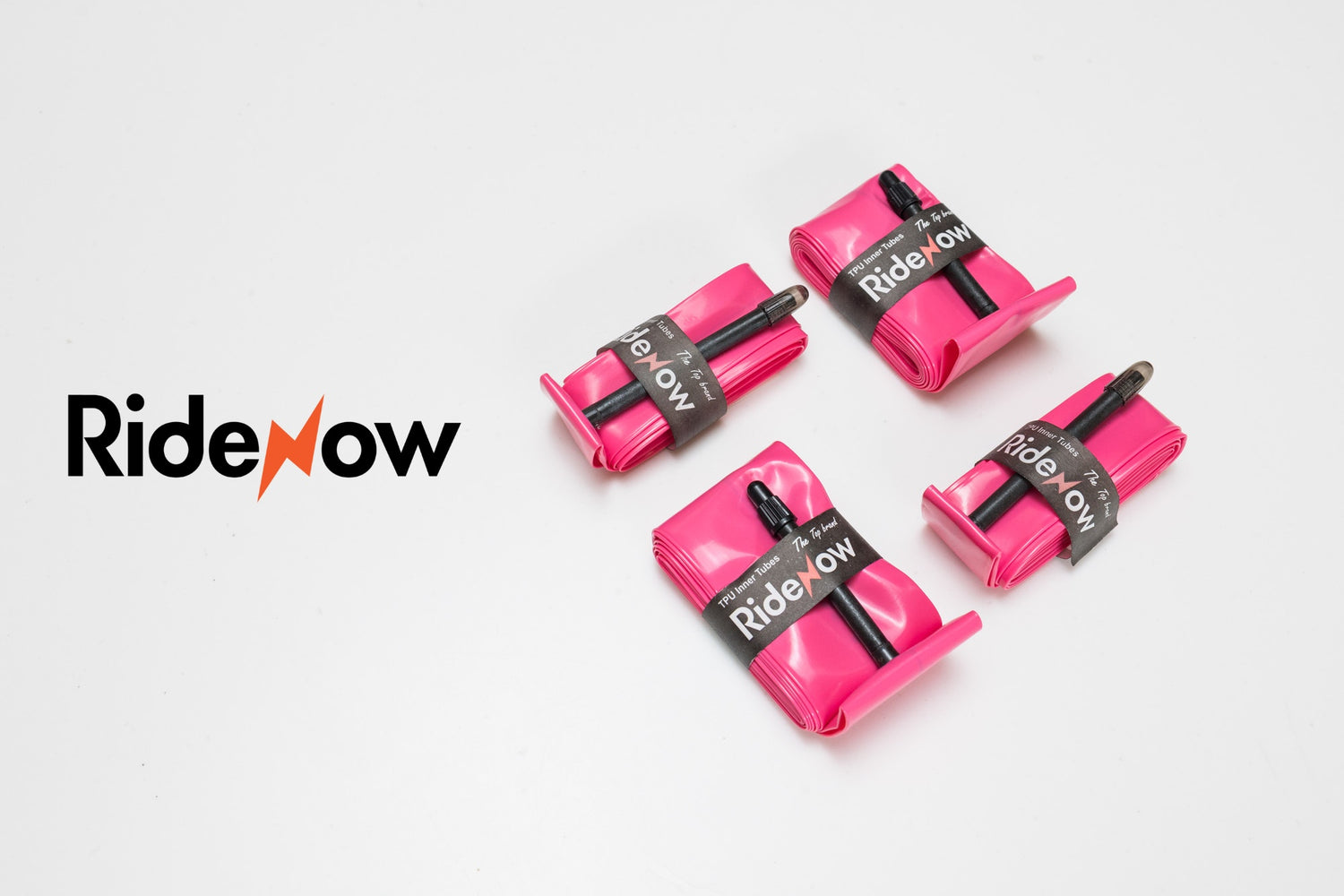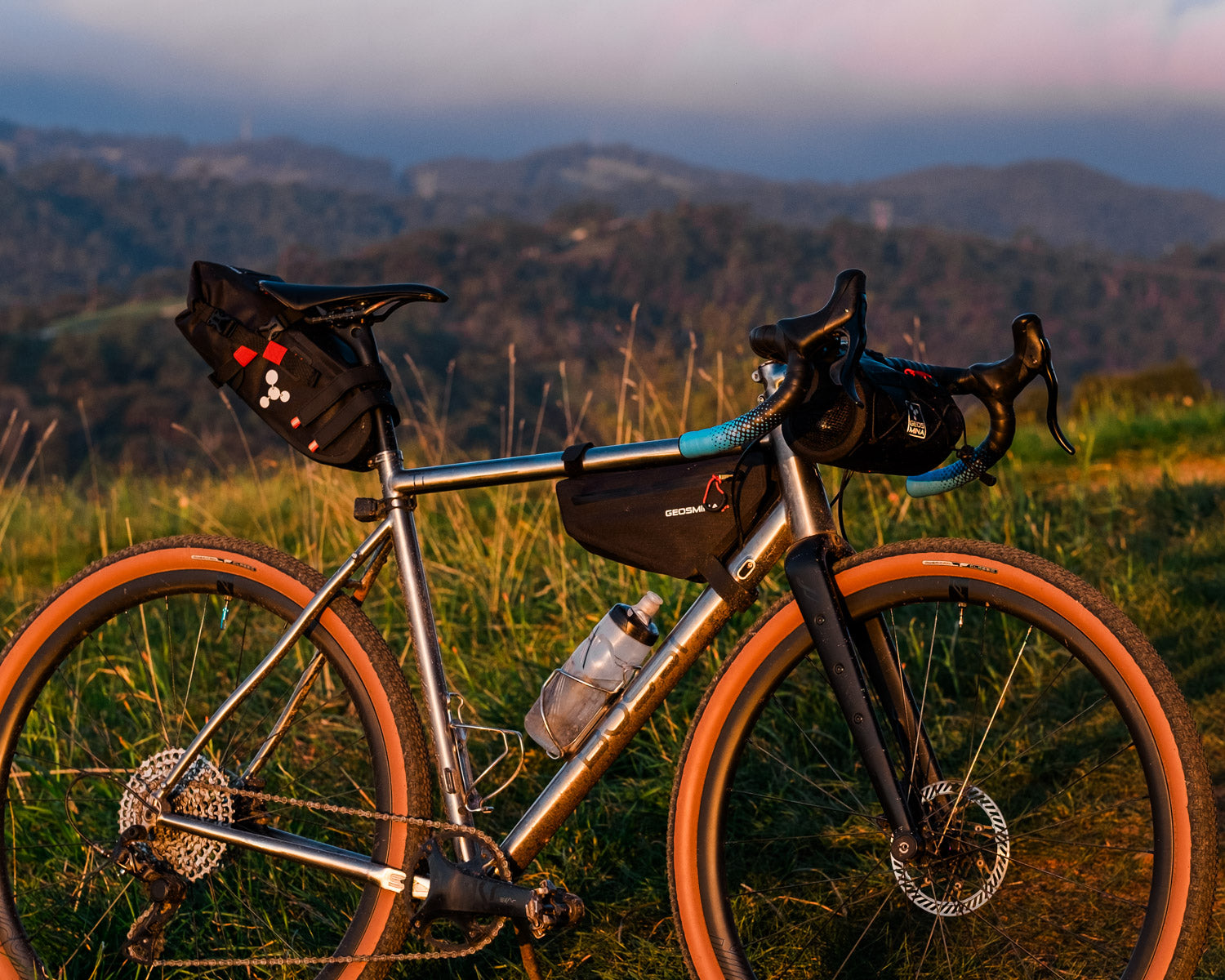Keeping air in your bike tyres is a hotly contested corner of the bike industry with a bevy of tube variants, tubeless, and even solid tyres for people who choose violence. Through the chaos, I’ve settled on a simple model for my bike stable with my off-road bikes set tubeless and my sole remaining roadie using bog-standard butyl. Until now.
I’ve stuck with tubes on my roadie because I puncture so infrequently that the tubeless benefits don’t matter to me. I’d rather change a tube once per year than have to faff about with setting up and maintaining high-pressure-low-volume tubeless. On the gravel rigs it’s tubeless all the way because the lower pressure tyres make setup and management a breeze and the ride experience is vastly better.
Thankfully RideNow is here to improve my tube system across the whole stable.
ABOUT RIDENOW TUBES
Thermoplastic polyurethane (aka TPU) inner tubes have exploded in popularity because of their insanely light weight, tiny size, and relatively low expense when you compare other cost-per-gram weight savings. Bicycle Rolling Resistance even found a slight saving for TPU over butyl in their tests, stating "In our opinion, the ~ 40 grams TPU tubes clearly perform better [than butyl] as they are lighter, roll faster, and air retention should be at least equal or better". Read the article on their website.
RideNow is the brainchild of cycling-mad engineers. R&D splits between Germany and China, with manufacturing also happening in China. They produce a range of products but we’ll focus on the tubes here for brevity and because it’s their core product.
The road range:
- LIGHT (18-32 mm) – 36 g
- SUPER LIGHT (18-32 mm) – 24 g
- ULTRA LIGHT (18-32 mm) – 19 g
- ALLROAD (28-38 mm) - 39 g
The Off Road Range:
- GRAVEL (32-47 mm) – 45 g
- MTB (29 x 1.9-2.5") - 56 g
- MTB (1.3-2.0") - 42 g
- MTB (1.9-2.5") - 48g
- FATBIKE - 88 g to 108 g depending on wheel size
Naturally there’s some variation with different valve lengths and types so keep that in mind when calculating the individual grams.
WEIGHT WEENIES REJOICE
Fitting the mid-tier RideNow Ultralight tubes saved... wait for it... 150 grams from my road bike and a further 75 g from my spares kit. It’s frankly absurd.

The three butyl tubes that used to accompany me on every road ride (two in the tyres and one in the saddle bag) account for ~300g. The 3 RideNow tubes tip the scales at only 75 g. I could save even more with the Ultra Lights.

Over on the gravel bike, I’ve doubled my spare tube capacity, saved 75 grams, and saved saddle bag space with the Gravel TPU tubes. The butyl tubes that fill my 50 mm tyres weigh 150 g each. Now I carry two RideNow spares costing me 80g and are smaller than the single spare tube I used to lug around.

Weight savings at such low expense are rare, especially on functional items.
THE RIDE
The ride quality of TPU is somewhere between butyl and latex. They’re a subtle improvement over the KENDA/Continental butyl tubes I replaced, with a slightly more compliant feel.
My American Classic Torchbearers have a decent ride feel for a tyre with added puncture protection, so added tube compliance is welcome. Latex is still the gold standard tube material for sheer comfort but the TPU was a pleasant surprise.
The ride feel of the gravel tubes is something I hope to never find out! They’re for use in emergencies only. My ride experience remains unchanged by switching to TPU, save for some weight reduction and slight comfort gain which is all I want from a tube.
THE WORDS OF CAUTION
The thinness of TPU tubes makes it extra important to fit them in tyres you’ve checked for sharp nasties hiding in your tread. You should do this for all tube materials but it's a good reminder for your switch to TPU.
Exercise similar caution if you’re putting RideNow tubes in a tubeless tyre that isn’t sealing. Pre-existing sealed punctures and even pointy plugs, Dynaplugs for example, might destroy the tube you’re using to get out of a frustrating situation. This isn’t a problem unique to TPU, I’ve had thick butyl MTB tubes puncture thanks to previously embedded three-corner jack spikes.
Ensure you store TPU tubes carefully inside a saddle bag. I used a soft pouch to protect them from rubbing against the other tools I carry and the inside of the bag. This is good practice for all tubes, but it’s especially important for the more delicate varieties. The process of swapping out my tubes revealed my saddle bag tube had already punctured with the valve cap coming loose and the valve skewering the butyl.
BUY NOW
RideNow continues our ethos of selling brands we like to use ourselves so check out the full range.

